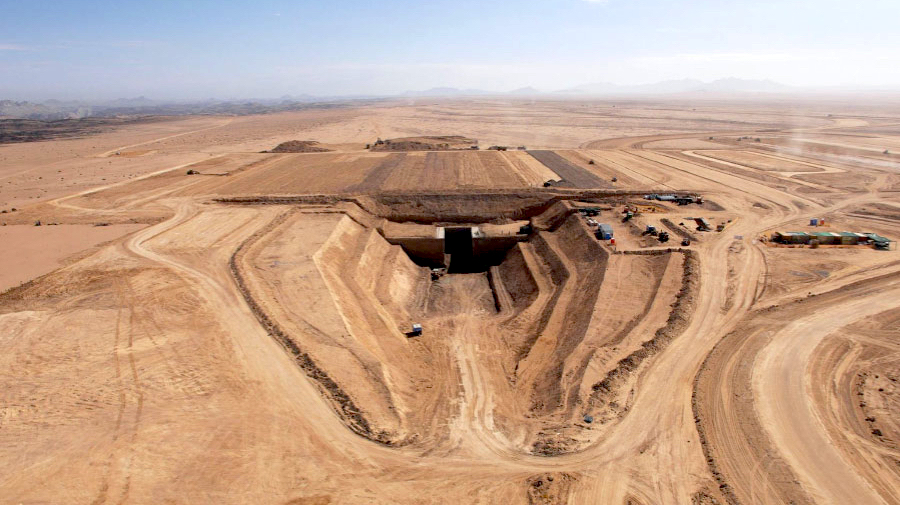Namibia’s new uranium mine to boost growth, make it world’s third producer

Namibia’s economy will get a significant boost next year from its uranium sector as the country’s newest mine begins production, making the African nation the world’s third largest producer of the radioactive metal.
Domestic demand, however, will rise only gradually over 2017 as high levels of debt amongst citizens weigh on their disposable incomes, a report published Tuesday by BMI Research shows.
The $2-billion Husab project, a joint venture between China General Nuclear Power Holding Corp (CGNPC) and local miner Swakop Uranium, is expected to produce up to 15-million pounds of uranium a year.

The massive project, said to be the third largest uranium-only mine in the world, will boost domestic production from 2,900 tonnes in 2016 to 5,800 tonnes next year, according to BMI estimates.
The Husab project is considered the third largest uranium-only deposit in the world.
Output will be gradually increased to reach the installed capacity of 50-million tonnes of ore a year, Swakop’s chief executive Zheng Keping said in September.
Based on data from Namibia’s central bank, production of uranium will increase 63% this year and 90% in 2017.
Currently, the African nation is the world’s sixth biggest uranium miner, behind Kazakhstan, Canada, Australia, Niger and Russia.
Cameco Corp (TSX:CCO), Canada’s biggest uranium producer, has been signalled in the past as potential buyer for offtake output from the Husab mine, which has measured and indicated reserves of about 140,000 tonnes.

Uranium mineralization was first discovered in the Namibia’s Rössing Mountains, Namib Desert, in 1928 by Capt. G. Peter Louw. Uranium exploration official started in 1960s with Rio Tinto obtaining exploration rights for the Rössing deposit in 1966. It started production in 1976.
The Rössing mine is currently Namibia’s longest running and one of the world’s largest open pit uranium mines.
{{ commodity.name }}
{{ post.title }}
{{ post.date }}




Comments